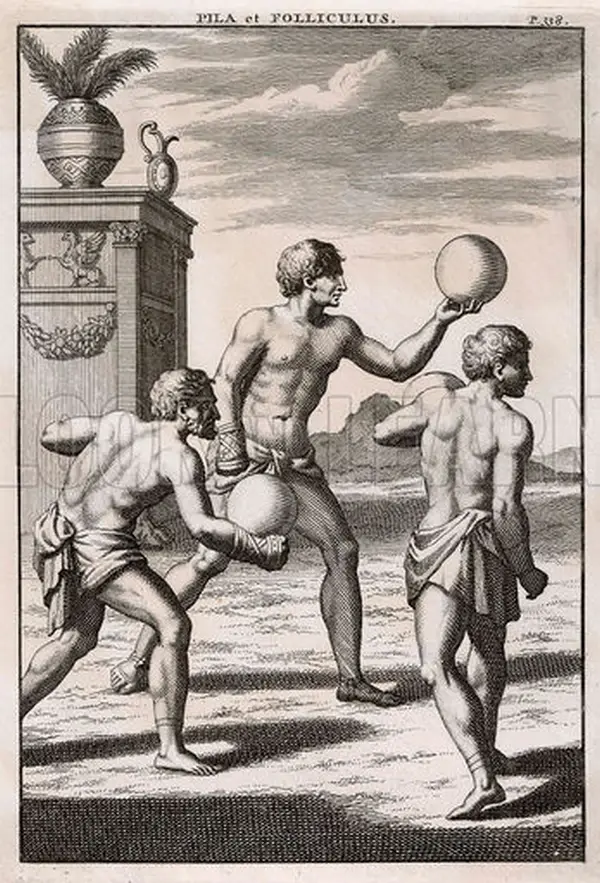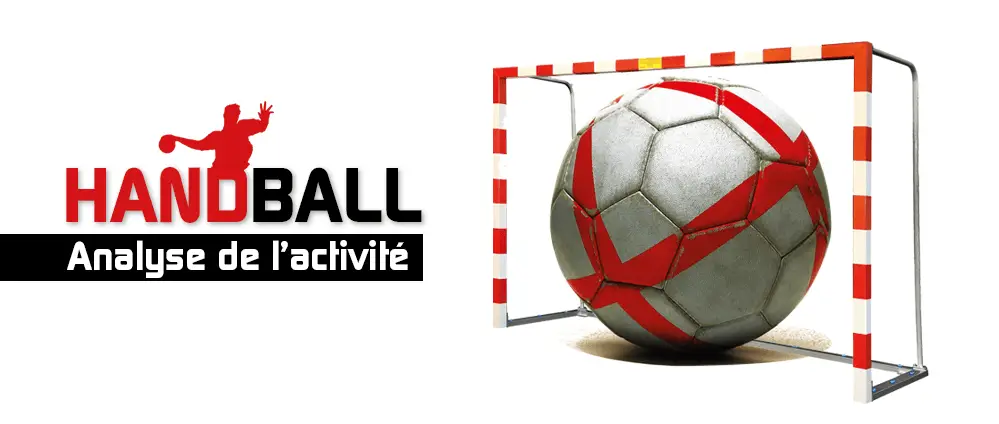The game has origins dating back to an ancient game called “hazena” in Czechoslovakia, as well as “Torball”, which was played as a sport by German women. Later, in the 1900s, an Irishman named Casey introduced a similar version of handball to the United States.
What are the traditional sports and games at the origin of handball?
– How to draw a handball court?
The handball court is demarcated by a 3 meter line drawn 6 meters in front of the goal, parallel to the goal line. This line is extended at each end by a quarter circle of 6 meters in radius, having as its center the rear interior edge of each goal post.
– What was the job of the inventor of handball?
The origins of handball date back to the German Carl Schellenz, who was a professor at the German Normal School of Physical Education in Leipzig. In 1919, he proposed an adaptation of the torball practiced by the Germans, thus creating handball. Carl Schellenz is generally considered the father of handball.
– When did modern handball start to be played?
It was in the late 19th century that modern handball began to be played in Denmark, Germany and Sweden. It was based on the game of “Raffball” and “Königsbergerball”, and it was an eleven-player sport.
– When was football created?
Football was established in England in 1848, when students from various Cambridge institutions sketched out the first rules of the game. These rules, called the Cambridge Rules, still allowed hand play.
– How big is a handball court?
The dimensions of a classic handball court are 40 meters long by 20 meters wide.
– What are the benefits of handball?
Handball has many health benefits. It helps develop athletic movements such as running, jumping and throwing, making it a complete and stimulating sport.
– What sports were invented in France?
France is known for having invented or codified many sports. Among these, we can cite palm tennis, Basque pelota, tambourine, cycling, motor sport, motorcycling sport, French boxing, sports fencing, billiards and pétanque. France only rivals the United Kingdom in this area.
What sports were invented in France?
Football is the number one sport in the world with 4 billion fans, followed by cricket with 2.5 billion fans and field hockey with 2 billion fans. Tennis has 1 billion fans, followed by volleyball with 900 million fans and table tennis with 875 million fans. Basketball has 825 million fans and baseball has 500 million fans.
In the sports field, the majority of people are employees. It is today the dominant model, particularly in team sports such as basketball, cycling, football, handball, ice hockey and rugby volleyball.
Football is by far the most popular team sport, with more than 4.6 million players. It is followed by basketball (1.4 million), then by volleyball (1.2 million), handball (580,000), rugby (420,000) and other team sports which bring together several tens of thousands of people.
Football was invented by the English in the 19th century and is undoubtedly the most popular sport in the world. Played by two teams made up of eleven players each, it has an audience of more than 4 billion fans.
Athletics is considered the number one sport in the world. It is the oldest sporting discipline involving simple everyday movements such as running, jumping and throwing. We already find traces of athletics among the Egyptians 3500 years BC.
Sports professionals are those who make a living from their sporting activity. An athlete is considered professional when he receives a salary from his club or sponsor to practice his sport. When this salary is not sufficient to make a living from sport, we speak of semi-professional.
How are points counted in handball?
The corner is a common action in handball. When a player takes the ball out of bounds, the throw-in is done by placing one foot on the sideline. If the last player to touch the ball is the goalkeeper, there is no corner, but a return by the goalkeeper.
Here are some handball infractions:
– Tear or hit a ball that the opponent is holding in his hands.
– Hold, surround, push or throw yourself against an opposing player.
– When a skater enters the zone or sets foot on the line, there is encroachment.
– If it is a defender who encroaches, there is a free throw at 9 m.
The free throw is an ordered action when a rule violation occurs, such as when a player from the attacking team enters the goal circle. It is carried out at the place where the offense was committed.
The duration of a handball match is generally two halves of 30 minutes each, with a 15-minute break in between.
In handball, it is allowed to dribble with the ball. Once a player has recovered the ball, he can advance by dribbling as many steps as he wishes. However, he can only take 4 pressures (3 steps) without dribbling and cannot keep the ball still for more than three seconds.
A handball match begins with a draw. The winning team chooses the side of the field or makes the throw which takes place on the center line. The player making the throw must have at least one foot on this line until the ball leaves their hand.
The handball match begins with the referee’s whistle and ends either with the sound signal from the wall clock or with the end signal from the timekeeper. If no signal is given, the referee blows the whistle to indicate that the match is over.
The duration of an official senior meeting is two periods of play of 45 minutes each, unless another duration has been agreed between the referee and the two participating teams.
What sports inspired handball?
The first to kick a ball as a team were the Chinese in the 3rd century BC. The game known as football was defined in England in the 19th century, but its ancestor was played in the Americas.
Handball of German origin appeared in France in the 1930s, more precisely in Lorraine and Alsace.


